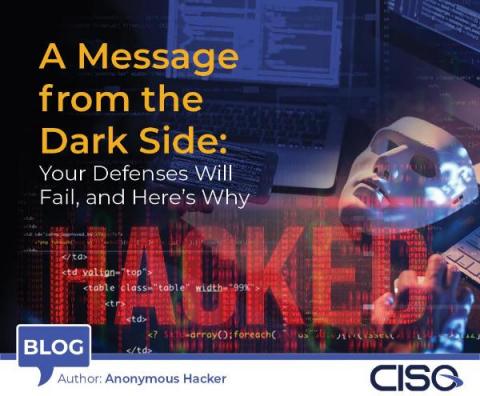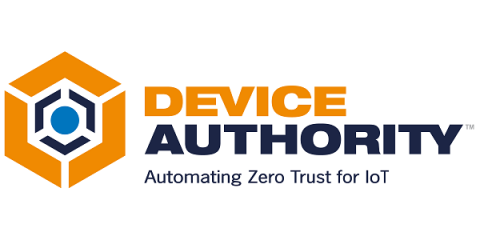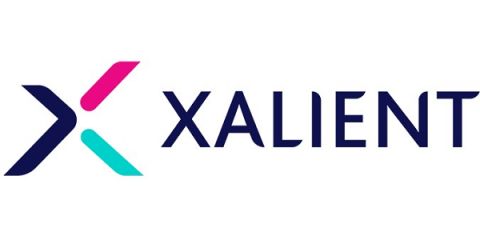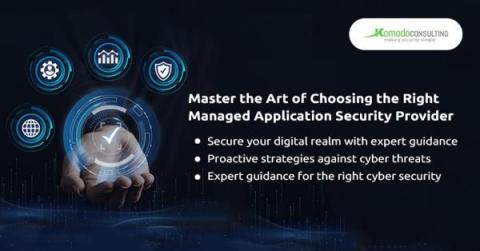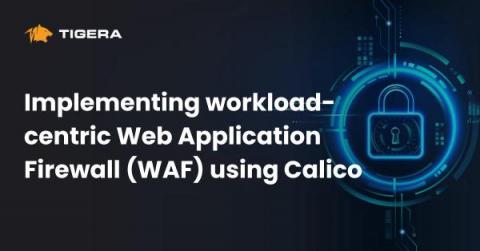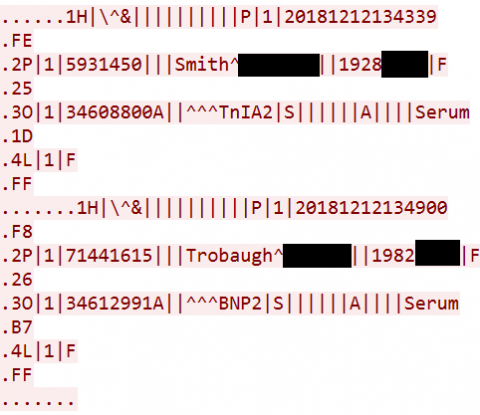Security | Threat Detection | Cyberattacks | DevSecOps | Compliance
Latest News
Simplify Cyber Insurance (and Potentially Save Some Money) With Breach and Attack Simulation
Shifts in the threat landscape have caused cyber insurance providers to rethink how they offer and price their coverage. The result has been stricter underwriting requirements, more exclusions within coverage, and a dramatic increase in premiums. Tougher underwriting requirements have also put pressure on security and risk leaders to more thoroughly validate their security controls as enterprises are applying for, or renewing, their coverage.
A Message From the Dark Side: Your Defenses Will Fail, and Here's Why
I hear a lot of people compare securing their IT networks to how they would secure a house. But when most people turn the lock on their front door at night, they feel safe enough to go to bed and sleep peacefully.
Device Authority embraces transparency and international standards as the White House Names SBOMs as key pillar of Cybersecurity Implementation Plan
In a significant stride towards strengthening cybersecurity practices and protecting the nation’s digital future, the White House has issued a formal National Cybersecurity Implementation Plan, and named the 5 pillars that it believes are critical to successfully implementing its cybersecurity strategy.
Xalient's Partner Ecosystem - Simplifying and Improving your Technology Solutions
In today’s fast-paced digital landscape, businesses heavily rely on various technology solutions to drive their success. However, managing multiple point solutions can become overwhelming, often requiring different partners or Managed Service Providers (MSPs). At Xalient, we understand these challenges and have developed a robust partner ecosystem to simplify and enhance the technology experience for our customers.
Choosing the Right Managed Application Security Provider: A Guide
MDR vs. EDR: Which Solution is Right for Your Organization?
Implementing workload-centric Web Application Firewall (WAF) using Calico
Microservices security is a growing concern for businesses in the face of increasing cyber threats. With application layer attacks being a leading cause of breaches, it’s more important than ever to safeguard the HTTP-based communication between microservices within a Kubernetes cluster. Traditional web application firewalls (WAFs) are not designed to address this specific challenge, but Calico WAF offers a unique solution.
Does PCI DSS v4.0 Require a Pen Test?
PCI version 4.0 was released in March 2022, and all organizations that must be compliant with the regulation have a deadline of March 31, 2024 to do so. So, what does the new version say about pen testing? According to Requirement 11 of the Payment Card Industry Data Security Standard (PCI DSS), pen testing is required for organizations and entities that store, process, and/or transmit cardholder data.




